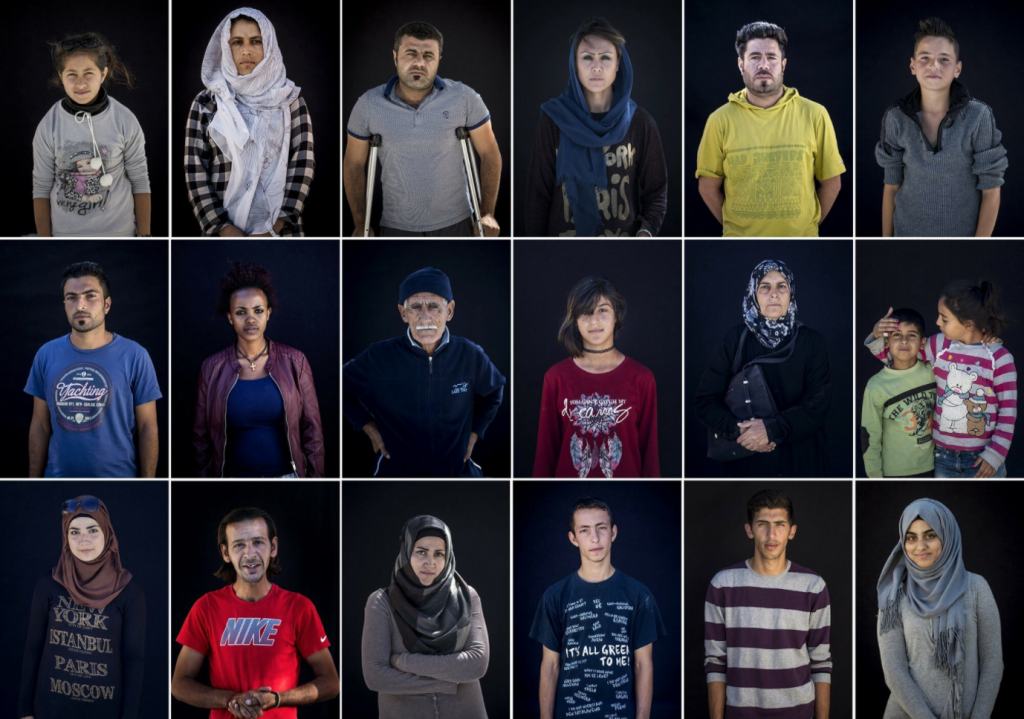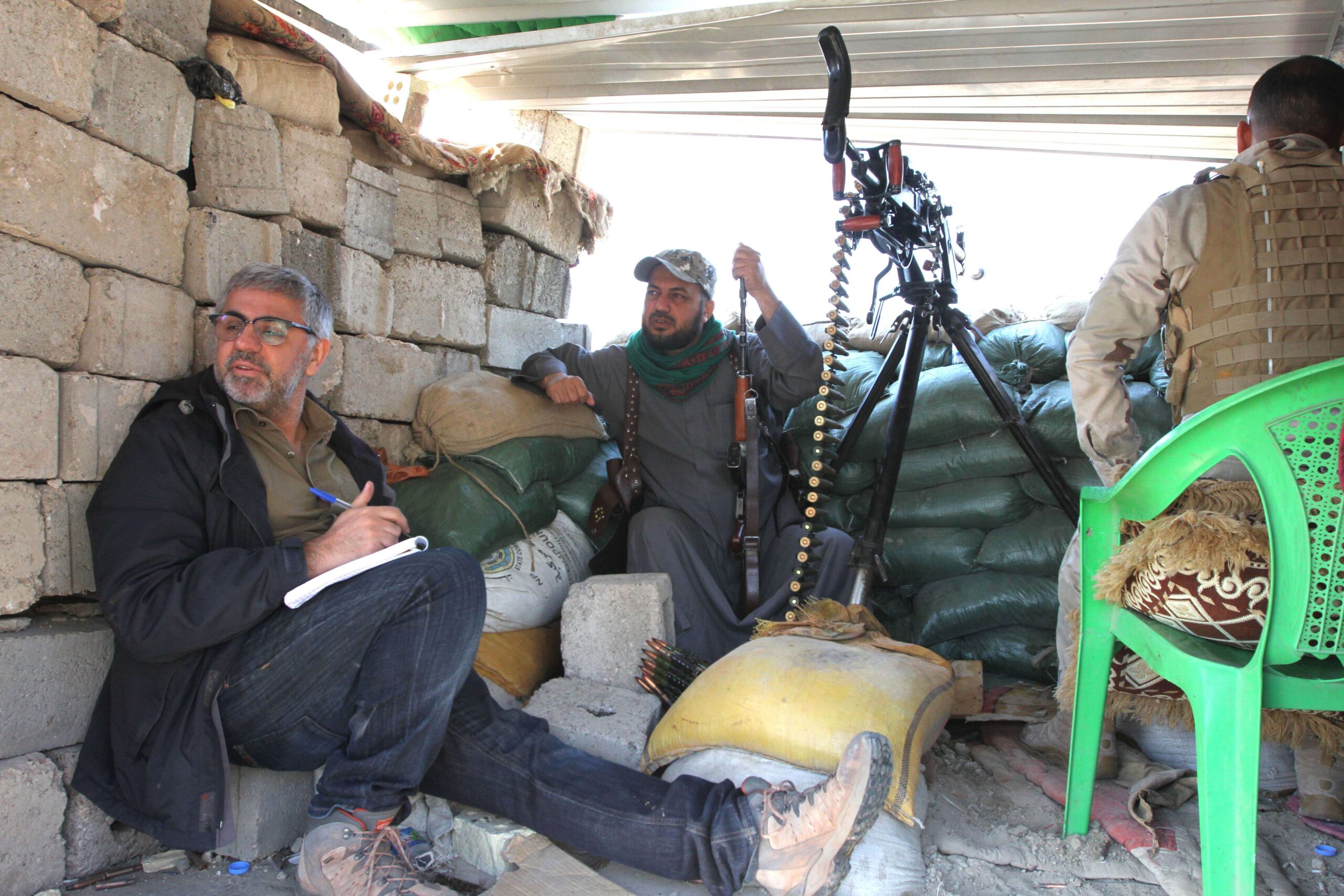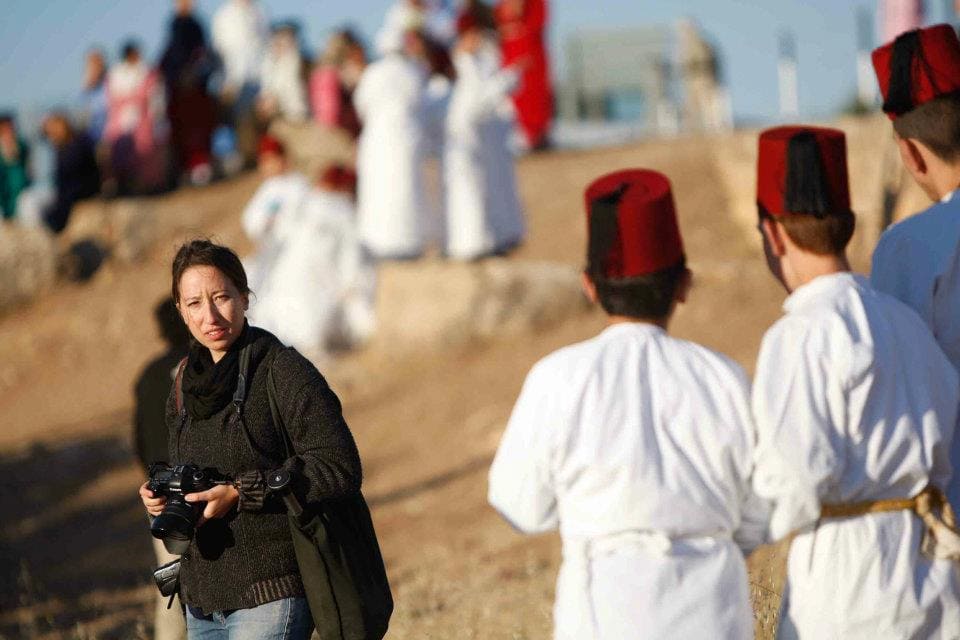Campaigns aim to shed light on the toughest hardships around the world. However, when audiences are confronted with a daily barrage of trauma it’s easy to overwhelm them. Remember, a call to action is counterproductive when it leaves people feeling numb, apathetic, even exhausted; a phenomenon called compassion fatigue. It’s pervasive in an online world replete with around-the-clock news cycles, social media feeds clogged with death and destruction, and podcasters who are MMA commentators one minute, and experts on coronavirus vaccines the next.
So how do storytellers cut through all of this?
Commonality is key
First, it’s critical we find points of relatability between the audience and the people in our stories. They make a campaign personal and prevent it from feeling like a far-off, never-could-happen-to-me scenario. This Save The Children’s POV video is a great example. It imagines a young girl from London who becomes a refugee, bringing the horrors of war to the familiar streets of Great Britain and confronting viewers with the fact that it could be their own children forced to flee in search of a better life. The closing on-screen text reminds viewers, “Just because it isn’t happening here doesn’t mean it isn’t happening.”
The ‘big ask’ should be clear
Another effective strategy is to incorporate a clear call to action, preferably one that’s feasible for the audience. This gives people a place to channel their feelings after engaging with a story. For example, I was working on a project with the International Rescue Committee, focused on refugee camps in Lesbos, Greece. We partnered with actress Lena Heady to hold a photo exhibition in London’s Union Club. The message to attendees was clear: buy one of my prints, and the money goes to children and families desperately in need.

Sometimes it’s how you tell the story
We all work on dire issues. While photos and videos of these plights are often incredibly moving, overexposure to the same or similar content may cause our audiences to become desensitized. So, we need to visualize the story differently. As an example, there’s this Mercy Corps’ explainer video, which uses animation to give a snapshot of the crisis facing Yemen. It also subtly uses data viz to help the audience digest the bigger picture.
Remember we’re not invincible
Finally, we’re not immune to compassion fatigue. Mainly, it affects our editorial judgment. We can form a tolerance for images that others may deem too violent. Or we can gloss over content that could impact our audience, all because we’ve seen so many similar kinds of visuals before. Think of it like a frog in the boiling pot of water situation. There’s no one cure. But just like everyone else, it’s important to take a break from the daily grind. It’s also key to get feedback from outside our professional networks to see how our content is being received.
We’re here to help
Our team is in constant dialogue about how organizations can apply these types of strategies. If you feel like yours deserves a deep dive, don’t hesitate to reach out for a consultation.



